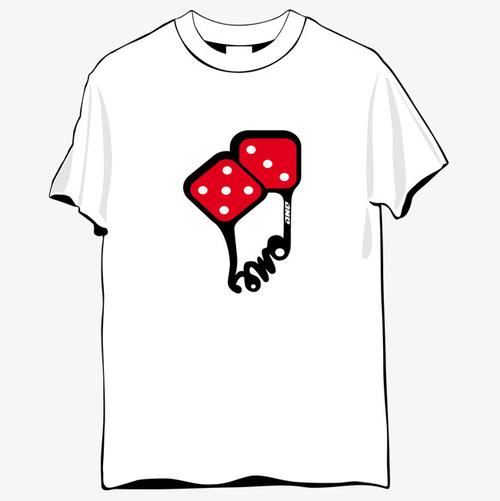The steps and processes of custom clothing design can be divided into the following stages:
1. Requirement communication and preliminary design:
– First, the designer communicates with the customer to understand their style preferences, event scenarios, wearing purposes, etc., and collects necessary measurement information.
– On this basis, the designer will make a preliminary design based on the customer’s needs and body shape characteristics, including style, fabric, color, detail processing, etc.
2. Measurement and fitting:
– Designers measure the body according to the customer’s body characteristics. Key body data such as height, chest circumference, waist circumference, and hip circumference are usually measured and recorded.
– Based on the body measurement data, designers create so-called “fitting samples”, which are clothing prototypes made of simple fabrics. When the customer puts on the trial sample, the designer will make adjustments one by one to ensure the fit and comfort of the clothing.
3. Design refinement and tailoring:
– Based on adjustments during the fitting process and further feedback from customers, the designer will The preliminary design is refined, including detailed tailoring plans, fabric usage plans, detail processing plans, etc.
– Based on the detailed design plan, the tailor will cut the fabric into corresponding garment parts based on the measurement data and perform preliminary sewing.
4. Sewing and splicing:
– According to the garment parts cut by the tailor, the garment maker starts sewing . Rigorous manual skills and precise alignment are required here to ensure the quality and integrity of the garments.
– After each garment component is sewn, the garment maker will splice them together to form the final garment style.
5. Try-on and adjustment:
– After the production is completed, the customer tries it on. Designers will again evaluate the fit and comfort of the garment and make adjustments based on customer feedback. There may be further cutting, sewing or detailing work.
6. Completion and delivery:
– After many trials and adjustments, after the customized clothing reaches the customer’s satisfaction, The final custom garment will be completed.
– Finally, the designer will thoroughly organize the completed custom garment and then deliver it to the customer.
It should be noted that the entire process of custom clothing design requires time and patience, and may involve multiple communications, fittings, and adjustments. Therefore, effective communication and close cooperation with designers is very important. Only in this way can you ensure that you end up with a custom-made garment that meets your individual needs and expectations.







